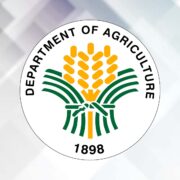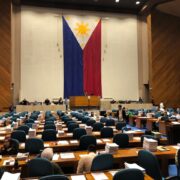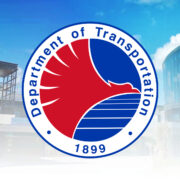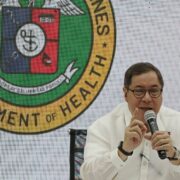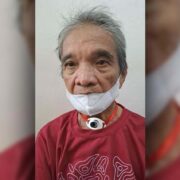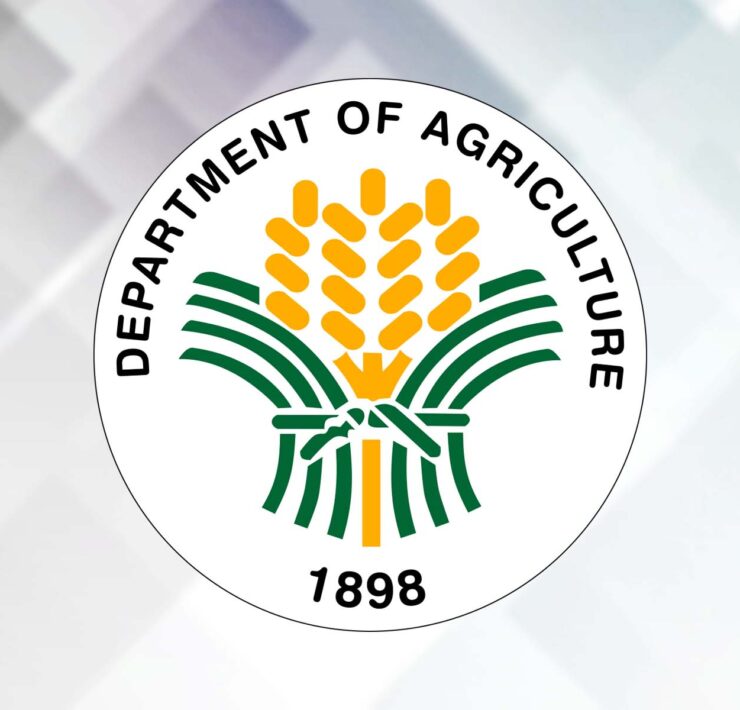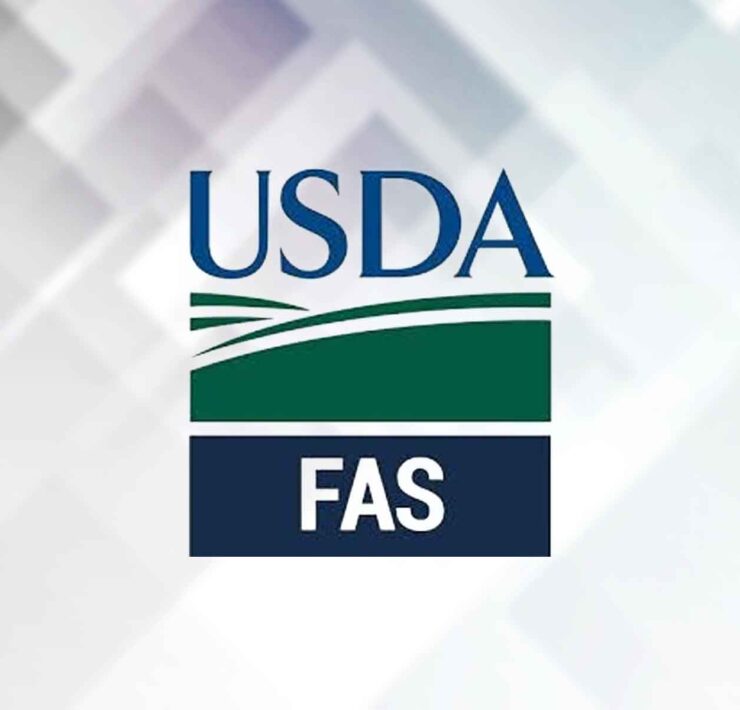How abaca, other high-value crops can thrive in the country
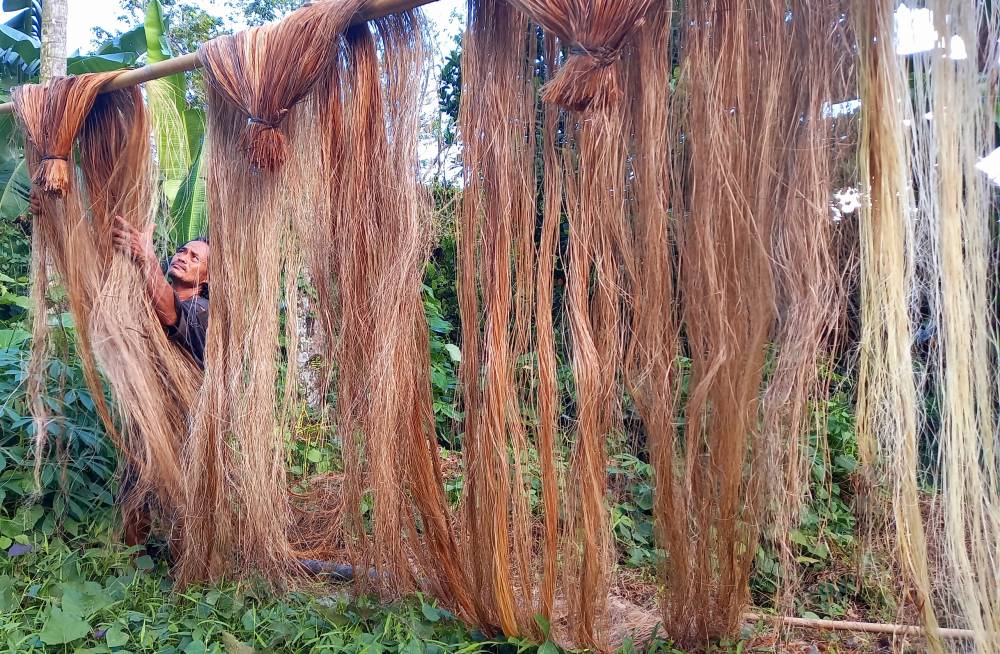
For agriculture roadmaps to be optimally useful, action must be taken on four dimensions. They must be updated, owned by the private sector, the action plan must be focused on the next two years, and that a public-private implementation team must be activated and should be meeting monthly.
Currently, there is generally no implementation team. As a result, these roadmaps are just literal pieces of paper idly lying on the shelf.
There are now 21 commodity roadmaps approved by the Department of Agriculture (DA) covering 2021 to 2025. While the private sector participated in the crafting, they generally do not feel enough ownership.
The short-term two-year action plan was not done, albeit expressly recommended by Alyansa Agrikultura and approved by the DA.
The roadmap implementation team was also not actualized. I believe that these are now being addressed by the current DA leadership.
Abaca
There are actually significant benefits derived from these initial roadmaps. For example, for abaca, we interviewed Aurora Peralta, former Deputy Administrator of the DA’s Fiber Industry Development Authority (FIDA) and now the executive director of the Association of Abaca Pulp Manufacturers, Inc.
To get a different perspective, we likewise interviewed an agriculturist from Catanduanes, the abaca capital of the Philippines.
Both agreed with the roadmap findings shown here. They concurred, however, that very little action resulted from this roadmap.
Attached here is a table from the abaca roadmap vis-a-vis Good Agriculture Practices (GAP). According to Plant Cell Technology: “GAPs are defined as practices aimed at improving the safety and sustainability of food and agricultural products, while maintaining environmental, economic, and social sustainability.”
The roadmap states: “Abaca, internationally known as Manila hemp, is endemic to the Philippines. The Philippines dominates the global abaca trade as the country supplies about 86 percent of the world’s abaca fiber requirements. Ecuador and Costa Rica have the remaining 14 percent and 0.27 percent, respectively.”
Leadership
Despite an attractive financials and a commanding leadership role in the global arena, our abaca is not growing as fast as it should.
Peralta believes that abaca gets too little government support. This is also the fate of other high value crops (HVCs).
Under the 2024 budget, rice got more than 60 percent of the DA budget, even though it contributes less than 25 percent to our agriculture gross domestic product. HVCs, on the other hand, got less than 3 percent, even though they contribute more than 25 percent.
Congress must now give HVCs (such as abaca) a bigger portion the DA budget. Specifically, the government must provide a substantial budget increase for GAP promotion.
Consider the table attached. A GAP-enabled hectare for abaca uses a relatively small investment of P68,270 while a typical hectare uses almost double that.
The former provides an annual net income of P272,708, which is 18 times the yield of a typical hectare. In the same vein, its 209-percent internal rate of return is 4.5 times the typical farm‘s 46 percent.
The agriculturist from Catanduanes identified additional necessary conditions for GAP to be effective: (1) Abaca farms must be consolidated to enable economies of scale and must have common service facilities such as drying and processing; (2) quality planting materials must be provided with tissue culture accredited by the Bureau of Plant Industry; (3) necessary logistics could be provided using the supply and value chain approach; and (4) a bagsakan (market) should be set up for the grading and pricing of farmers’ products.
The government must now address the four missing dimensions identified for the roadmaps to become effective. They must become living documents used every month to guide the direction of our agriculture industry.
The author is Agriwatch chair, former secretary of presidential flagship programs and projects, and former undersecretary of the Department of Agriculture and the Department of Trade and Industry. Contact is agriwatch_phil@yahoo.com
The author is Agriwatch chair, former secretary of presidential flagship programs and projects, and former undersecretary of the Department of Agriculture and the Department of Trade and Industry. Contact is agriwatch_phil@yahoo.com.


